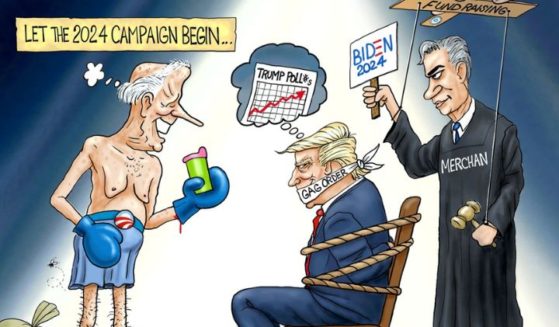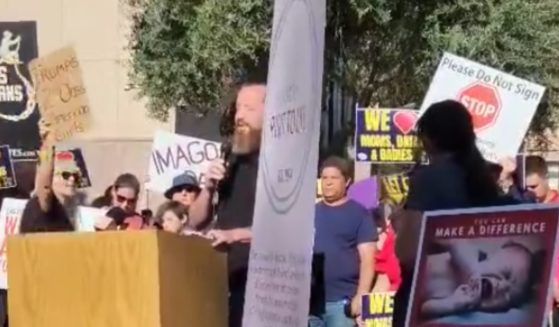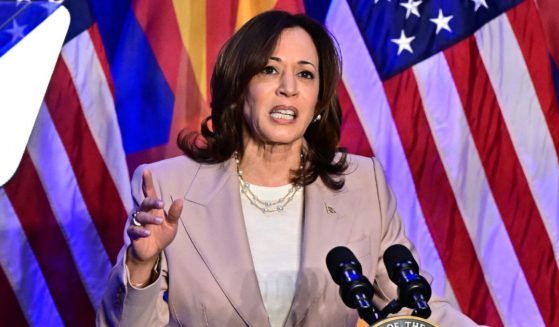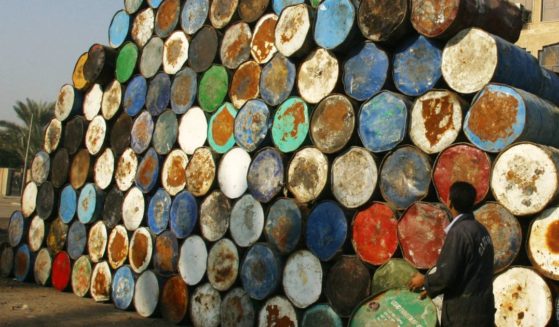Billions in Taxpayer Funds May Have Helped Pay Farmers Not To Produce - Study
Politicians have long invoked the “plight of the American farmer” in speeches on a local and national level. A new report from Open The Books attempts to look at how politicians were putting those words into practice.
Open The Books, a government watchdog website that describes itself as “the world’s largest private database of government spending.” released a new report entitled “Harvesting U.S. Subsidies,” which details the subsidies provided to farmers in fiscal 2017. The report provides a look at who received the more than $13 billion in farm subsidies provided by the U.S. government in 2017.
There were 957,109 “farms” that were given some financial help from the federal government last year.
“Our data show the farm subsidy program has become so lucrative that wealthy investors, corporations, and farm-estate heirs piggybacked on a growing government program and added farm subsidies to their investment portfolios,” Open The Books CEO and founder Adam Andrzejewski said.
The report also discovered that one of the largest single areas of payment was in relation to the Conservation Reserve Program (CRP). According to the U.S. Department of Agriculture website, the CRP is a “is a land conservation program.”
The program works as such: “In exchange for a yearly rental payment, farmers enrolled in the program agree to remove environmentally sensitive land from agricultural production and plant species that will improve environmental health and quality. Contracts for land enrolled in CRP are 10-15 years in length. The long-term goal of the program is to re-establish valuable land cover to help improve water quality, prevent soil erosion, and reduce loss of wildlife habitat.”
In 2017, farmers received just under $2 billion from the CRP program. In effect, these farmers were paid not to produce.
Joe Cornely, senior director of Corporate Communications at the Ohio Farm Bureau, says that the arrangement is one that helps farmers survive.
“CRP funds are important, too,” Cornely said. “With the farm economy under pressure, farmers have to make hard choices. Having a bit of incentive to keep less optimal land in conservation helps the farmer and the environment.
“I think farmers want an appropriate balance. They’re especially supportive of conservation programs on working lands. Farmers want to produce and at the same time protect the environment, so these types of programs help accomplish both goals.” Cornely continued.
Others say there has to be a better way to accomplish this without using taxpayer money.
The authors of the report argue that when the farm subsidy program was initiated during the Great Depression, farmers needed what amounted to a lifeline. Today, though, the authors argue that “…subsidies have grown so lucrative that wealthy investors, large corporations, and farm estate heirs use taxpayer money to maximize their return on investment.”
Even so, there are concerns over that process. The report found that 12 members of Congress, including some on committees that focus on agricultural issues, received farm subsidies. The top amount given was $637,059 to U.S. Rep. Doug Lamalfa of California’s 1st Congressional District.
CRP funds are just one of the types of payments in the farm subsidy program. There are nearly 60 program points overall.
A version of this article previously appeared on Watchdog.org under the headline, “Study questions billions in taxpayer-funded farm subsidies.”
Truth and Accuracy
We are committed to truth and accuracy in all of our journalism. Read our editorial standards.











